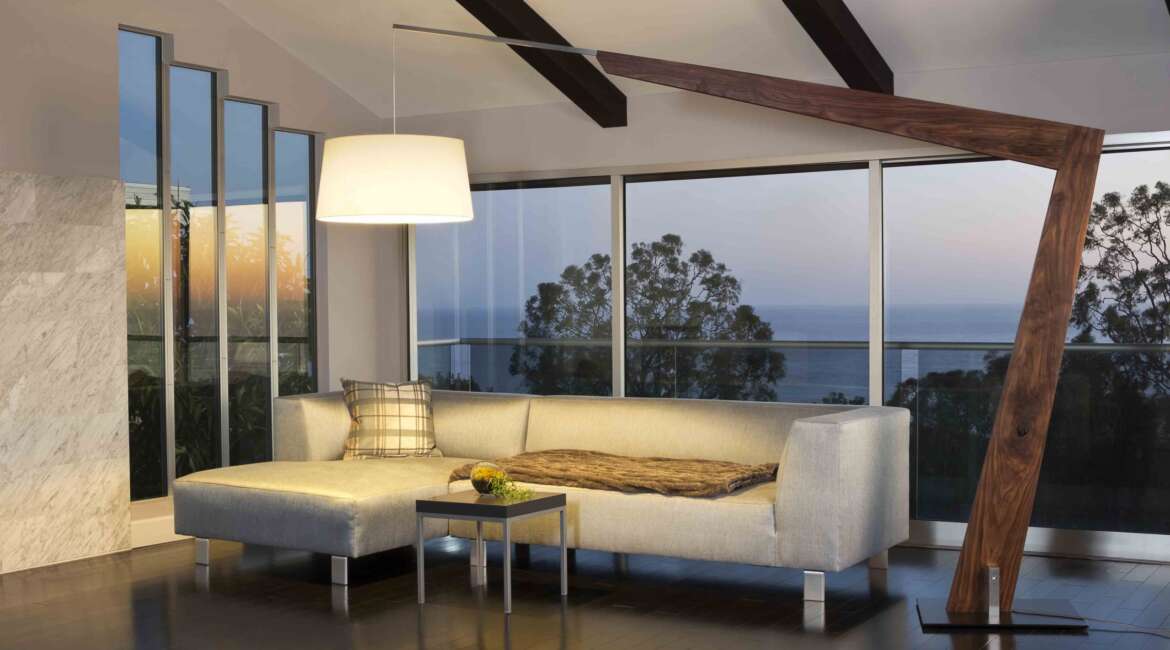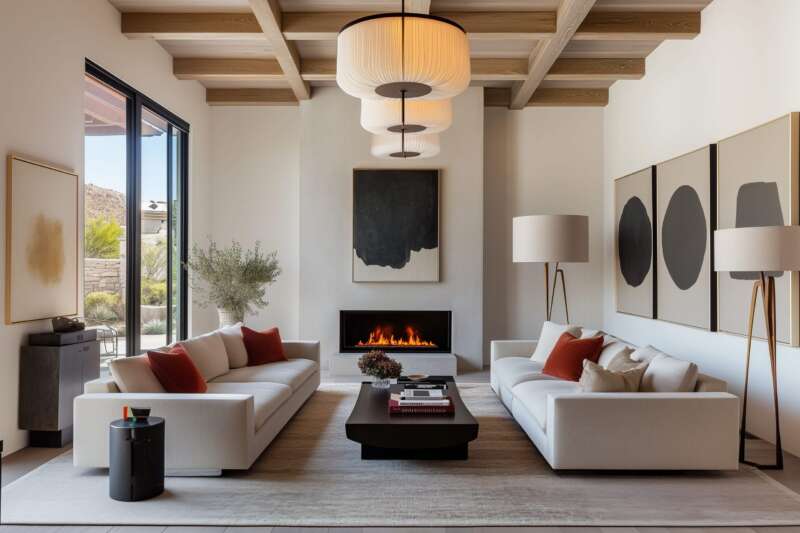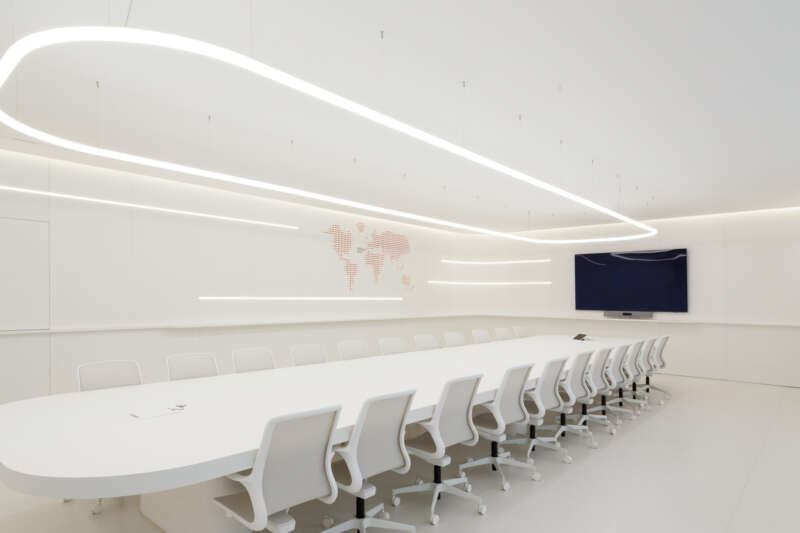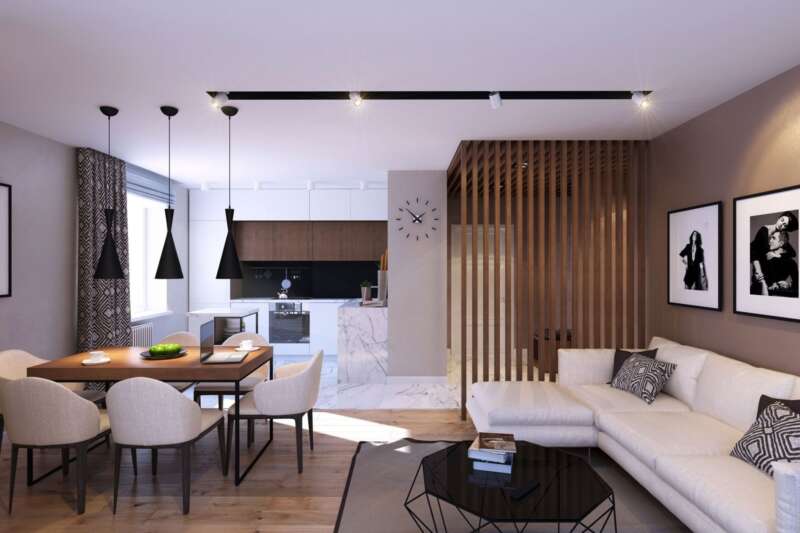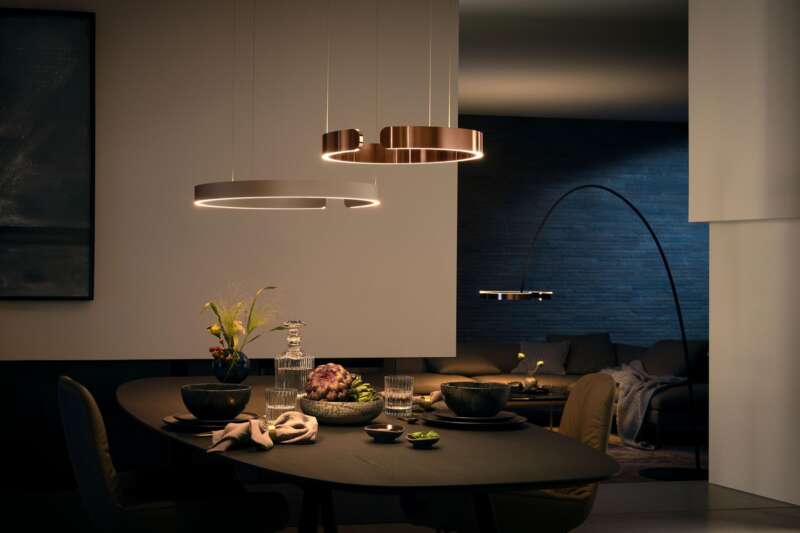General Interior Lighting Tips
Whether you want to get a good night’s sleep or improve your relationships and productivity at home, an interior lighting change may just be the solution.
Lighting is both an art and a science — it can affect our mood, appetite, and sleep. In order to implement an effective lighting strategy for your home, you will need a professional that fully understands electrical systems and lighting design. Besides the technical knowledge required, the person installing your lighting should also be concerned with mood, aesthetics, safety, and enjoyment.
Some details to check for better lighting:
Dimming controls are highly recommended for cutting electricity use and providing more flexible lighting options.
Make use of lighter colors and reflections to create the atmosphere you desire. Consider adding mirrors and reflective surfaces for a shinier and brighter appearance.
Be wary of colored light bulbs. You will want to use these sparingly. Reds and warmer colors are better for creating an inviting atmosphere in dining rooms and living rooms, while blues and cooler colors should be reserved for calmer areas like the bedroom.
The lighting levels in your home will depend on the amount of natural light that room receives. Take advantage of natural light whenever you can, since it can have positive effects on your health and mood.
Low light is better for producing a relaxing and calming effect. Use brighter lights for high-focus areas to encourage activity.
Save money by replacing your incandescent lights with LEDs and CFLs.
Speak with a professional to make sure you are using the right wattage for each fixture and that your lighting combinations make sense for your space.
Lighting Design Factors
Unless you are simply replacing your light bulbs, you will want to consult a professional before redesigning your indoor lighting. Putting new fixtures in requires the skills of a professional, which might include running new wiring through walls, installing new fixtures, or adding an additional circuit.
Simply be aware of the following factors:
Size and space
Occupant’s age and preference
Ceiling height and shape
Color of walls and furniture
Existing lights and electrical setups
Points of interest, art work, and highlight areas
Traffic patterns
Shadows and reflections
Daylight integrations
Surface characteristics
Color appearance
Lighting controls and distribution
Source, task, and eye geometry
Economics and energy efficiency
Spatial perceptions
Level of illumination (lux)
Psychological and physiological factors
Electrical codes, documentation, and specifications
If you do decide to install any lighting fixtures yourself, make sure you know exactly what you are doing as it is easy to unintentionally create fire and electrocution hazards.


